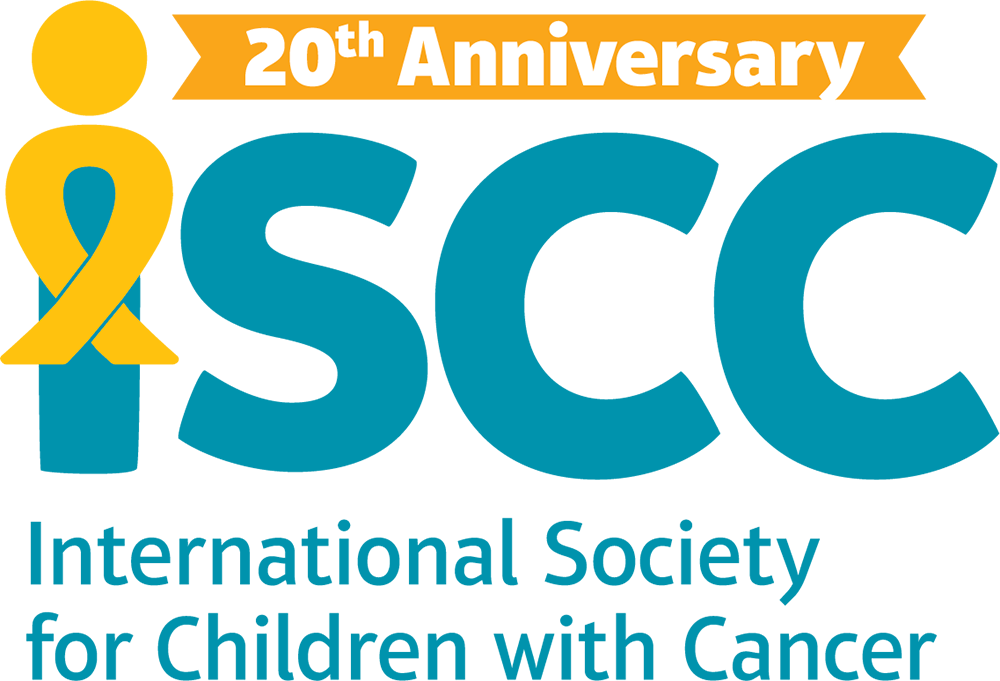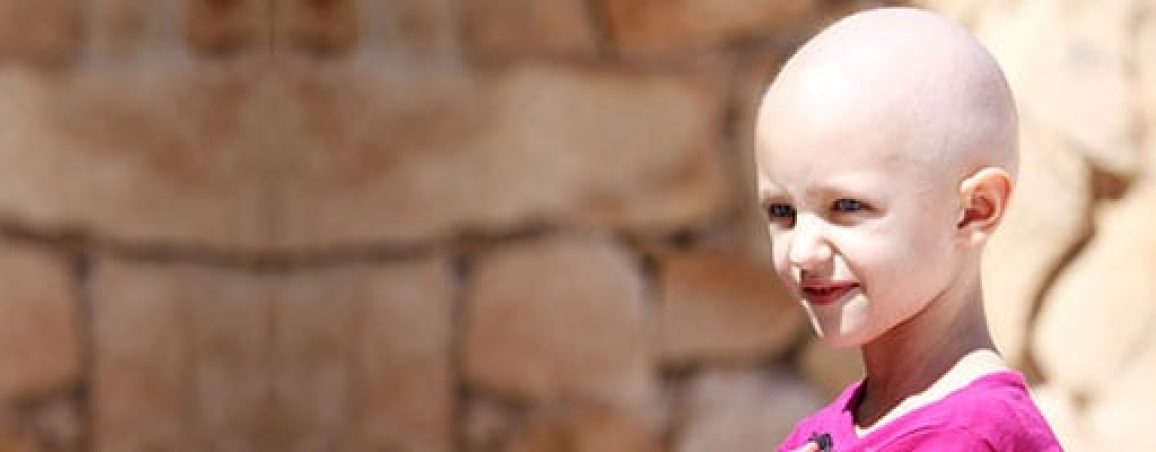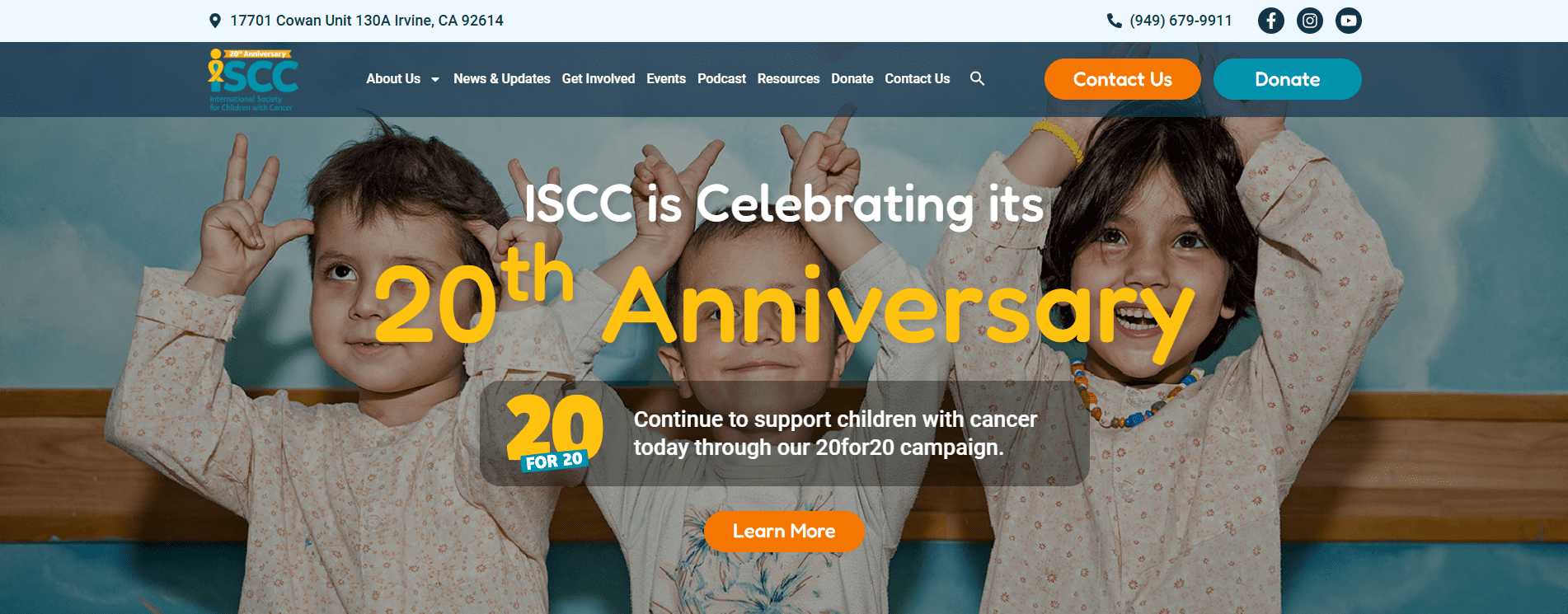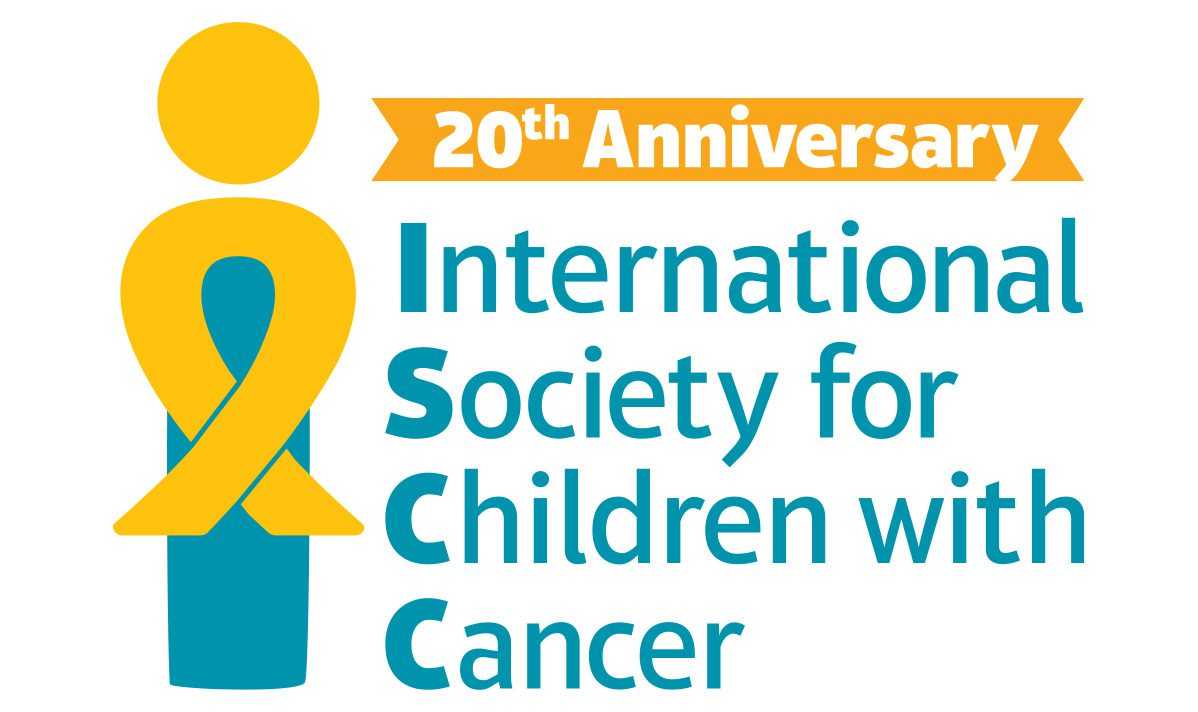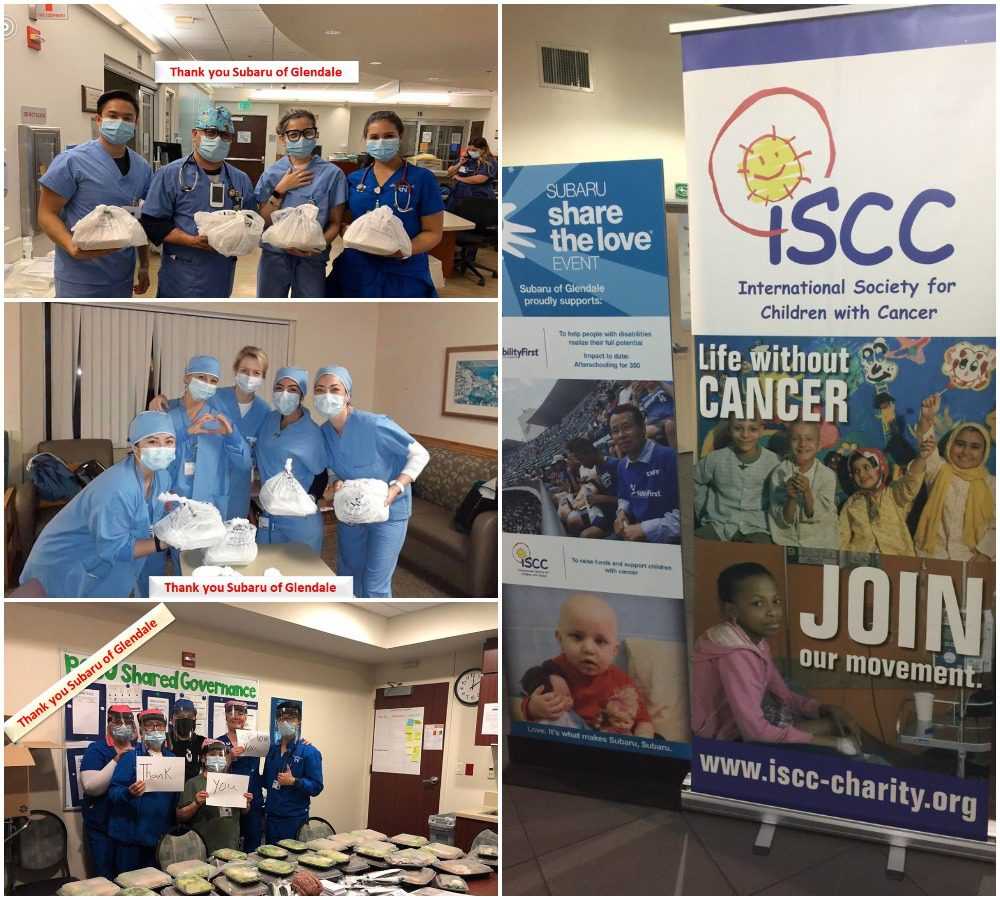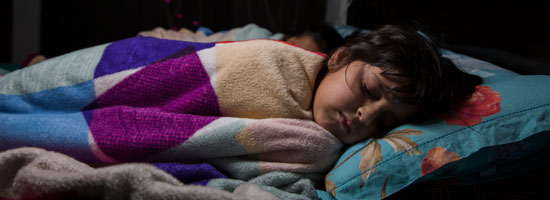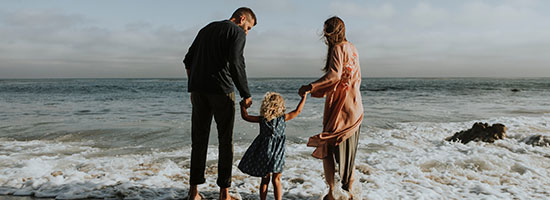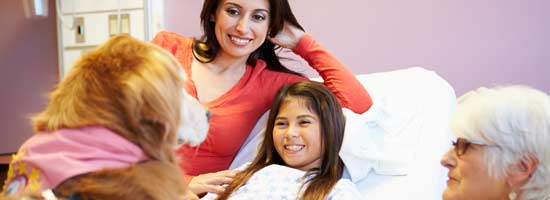Children aren’t just small adults. This is evident in the way cancer affects them compared to how similar conditions affect adults. Not only are the types of cancers likely to be seen in children different, but so are the ways such abnormal growths spread. Even the way children respond to treatment isn’t the same as what reactions are normally seen in adults. While any type of cancer starts out with unusual cell growth and development, there are many key differences between childhood and adult cancers.
Causes of Childhood Cancer
The development of cancer in children isn’t likely to be affected by environmental factors and lifestyle habits such as dietary choices and smoking as much as what’s seen with adult cancers. Children are more likely to develop cancer as a result of changes in the DNA structure in cells. These changes often take place early in life, sometimes prior to birth.
Types of Cancer Likely to Affect Children
It’s not common for children to develop cancer. When it does occur, it usually involves abnormalities with cells in the blood, brain, liver, bones, or lymphati c system. Adults are more likely to experience breast, prostate, colon, and lung cancer. According to the American Cancer Society, common cancers in children include:
- Leukemia (acute lymphocytic leukemia)
- Brain and spinal cord tumors
- Neuroblastoma (more common in infants and young children)
- Wilms tumor (cancer that starts in one or both kidneys)
- Hodgkin and non-Hodgkin lymphoma
Diagnosing and Treating Childhood Cancer
Cancer in children is more likely to be discovered at later stages. In many instances, it has spread to other tissues and organs by the time a positive diagnosis has been made. In addition to a review of symptoms, diagnosis typically involves a complete blood count and image tests. Children have a tendency to respond better to treatments such as chemotherapy, although very young children are often affected more by radiation therapy. Children are also less likely to have underlying health issues that can complicate treatment efforts.
Recovery rates are higher in children than adults with cancer. Many children respond well to treatments for cancer and go on to lead healthy, productive lives. However, some adults who had cancer as a child have inherited changes in their genes that may increase the risk of developing cancer again later. What this means is a need to continue to be proactive about follow-up and preventative care so any signs of something that’s not right can be spotted early — advice that applies to anyone regardless of age.
